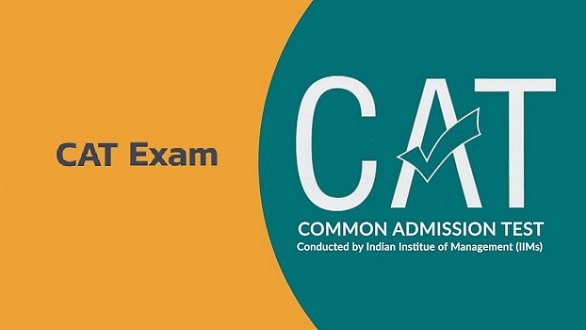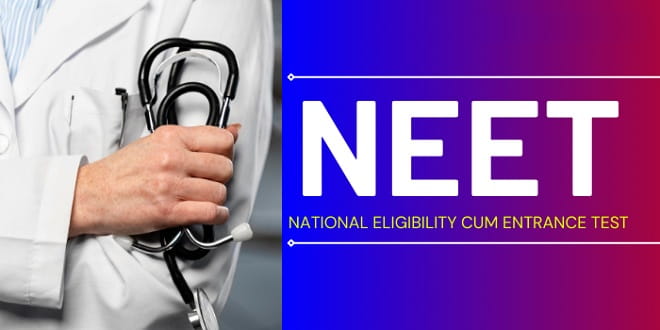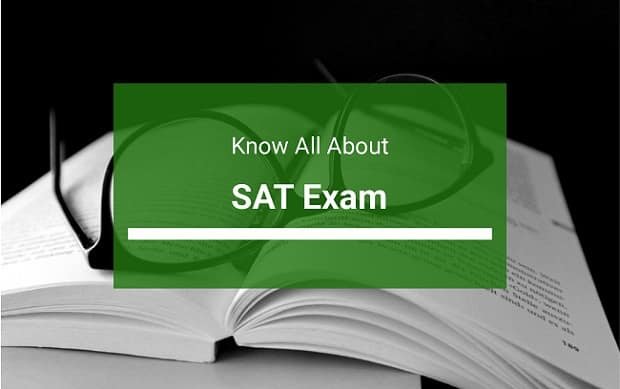If you’re one of those students who has recently completed their undergraduate programs and looking to build a career in the management stream, then the CAT exam must be something you’d be hearing now and then. CAT exams, a short acronym for Common Admission Test is a test that acts as an entrance exam for the graduate course in the management stream. We here look into the details about the course down below. Read along.
What is CAT Exam?
CAT exams as aforementioned are the Common Admission Test that marks the eligibility for the MBA course in India. The exam is regulated and managed by IIM. The exam is a direct succession to the previously used Joint Management Entrance Test that was used before 2011 by the IIM’s to test the eligibility for their MBA programs. The exams are governed by IIM on a rotational basis with one center governing this year and the other one governing the next year and so on.
CAT exam is a computer-based exam and consists of three different sections to assess the student’s knowledge and skillset. The three sections of the exams are Verbal Ability and Reading Comprehension, Quantitative Ability and Data Interpretation, and Logical Reasoning. The exam runs for 3 hours. The course is an entrance test for IIM and other management institutes offering MBA programs across India. The exams are held once a year and are held across India at various centers.

Eligibility for CAT Exam
As is the case with the entrance exams of any field, CAT exams also have a set of rules that needs to be mandatorily followed to become eligible for the test. The eligibility marks the ability of the candidate for the registration process after which they can appear for exams and clear it to pursue an MBA degree. Here are the eligibility criteria for the CAT exams.
- Any candidate willing to appear for the CAT exam needs to have cleared their bachelor’s degree with at least 50% marks or equivalent CGPA. If the candidate belongs to SC/ST or is Persons with Disability or Differently able then they have the leverage of 45% marks or equivalent CGPA in the bachelor’s program.
- The candidate should have pursued their bachelor’s program from a recognized university or institute. The definition of a recognized institute or university involves any such university consolidated under the act of the central or state statutory body. It also requires the university or institute to be recognized by the Ministry of HRD.
- Any student who is into their final year of bachelor’s program can also appear for the CAT exam on a provisional basis. For this, they need to provide their valid certificate and credentials along with the letter from the college or university recognizing the student’s final year of bachelor’s program.
CAT Exam Syllabus
CAT Exam doesn’t have a predefined or pragmatic syllabus. It rather is a combination of various subjects like Mathematics, English, and logical reasoning. The syllabus can be better understood if we break it into the three different parts of the exam, i.e. Verbal Ability and Reading Comprehension, Quantitative Ability and Data Interpretation, and Logical Reasoning. Here’s an overview of the syllabus for these three different parts of the exam:
- CAT Verbal Ability and Reading Comprehension: This part comprises passages and comprehension. The pattern involves a comprehension passage with a set of questions thereafter. It also has some grammar-related questions.
- CAT Data Interpretation and Logical Reasoning: This part of the syllabus involves the sections of logical understanding and interpretation. It features questions from a wide variety of fields and topics. It seeks to find out the logical understanding level in a person. Along with it, there are also data interpretation questions that have data cases, graphs, and more.
- CAT Quantitative Ability: This part involves the quantitative aptitude-related questions from Mathematics. This includes a variety of questions on number systems, algebra, geometry, statistics, and more.
The exams are held for a total of 3 hours and include 100 questions. The questions are divided as:
- 24 questions of Verbal Ability
- 10 questions of Reading Comprehension
- 34 questions of Quantitative Ability
- 32 questions of Data Interpretation and Logical Reasoning
Furthermore, the exam pattern of the CAT exams involves multiple forms for the outcome of the result. They have the raw score pattern and the scaled score pattern. The raw score is based on the principle of awarding marking for the number of questions answered by the student. A correct answer will fetch 3 marks while an incorrect answer will fetch a negative 1 marks. The scores at the end are compiled and tallied via equating process. Thereafter the scores of all students are collected and placed in a common metric to allow the students to have an equal playing field. Then the process of scaling occurs to find the final qualification.
Age Limit for CAT Exams
Apart from the eligibility criteria mentioned in the above section in this post, many courses also tend to have some age limit criteria in their exams. But the CAT exams do not have such restrictions on the students and allows students to register and appear for the exams regardless of their age. However, there is one small caveat in this. Generally, as we also talked about above, a person needs to have completed their bachelor’s program or be in their final year of bachelor program for eligibility into CAT exams. Some bachelor programs have a 2-year course duration with equal credits as of 3 years. Though once you clear the CAT exams you will become eligible for IIM and other management institutes, IIM requires a student to have undergone 3 years of bachelor’s program and doesn’t give validity to the 2 years one.
Fees for CAT Exams
CAT exams have set a fee per the need of time for the conduct and governance of the exams. The fees are divided into two categories mainly to allow students from all backgrounds entry into the program. Here are the different fees based on the category of the student:
- General and OBC Category: INR 2000
- SC/ST/PWD: INR 1000
The designated fees should be paid at the time of the registration of the application by the student. The fees can be paid via any online payment mode.
The registration process of CAT Exams
Any student who is willing to opt for the CAT exams needs to complete the application or the registration process to become eligible to appear for the exams. For this, they have to go through the registration step and fill in the form. Here’s a step by step guide for it:
- Step 1: Open the website of CAT on your web browser. You can fill the form from your mobile and desktop version. But we advise on using a desktop or a laptop for a better way.
- Step 2: There click on the create a new user ID and proceed to enter your name, date of birth, email id, and phone number. You will be prompted to generate an OTP for validation. Proceed to do the same.
- Step 3: Now you will receive an OTP on your mobile phone. Enter the OTP and validate your user ID.
- Step 4: Once verified you will now have to login into the system with your user ID and OTP verification.
- Step 5: Then go to the dashboard and click to fill the form for CAT registration. There you will be prompted to fill in academic details, personal details, and work experience details. Enter the details carefully and correctly.
- Step 6: Then upload the necessary documents like a scanned copy of your signature and your passport-sized photo.
- Step 7: Then select your test center and the preferred IIM college so that you can be shortlisted there. Then click on the payment option and make the payment from your net banking or any other online means.
- Step 8: Your application will be submitted and you will receive an application number for the CAT exams.

Rahul Kumar is a passionate educator, writer, and subject matter expert in the field of education and professional development. As an author on CoursesXpert, Rahul Kumar’s articles cover a wide range of topics, from various courses, educational and career guidance.



